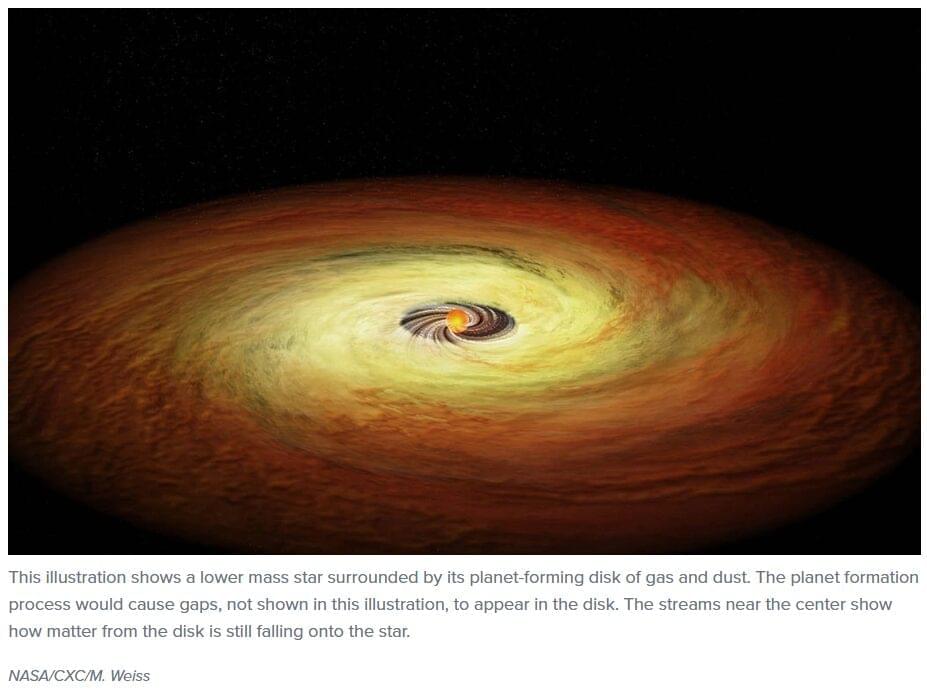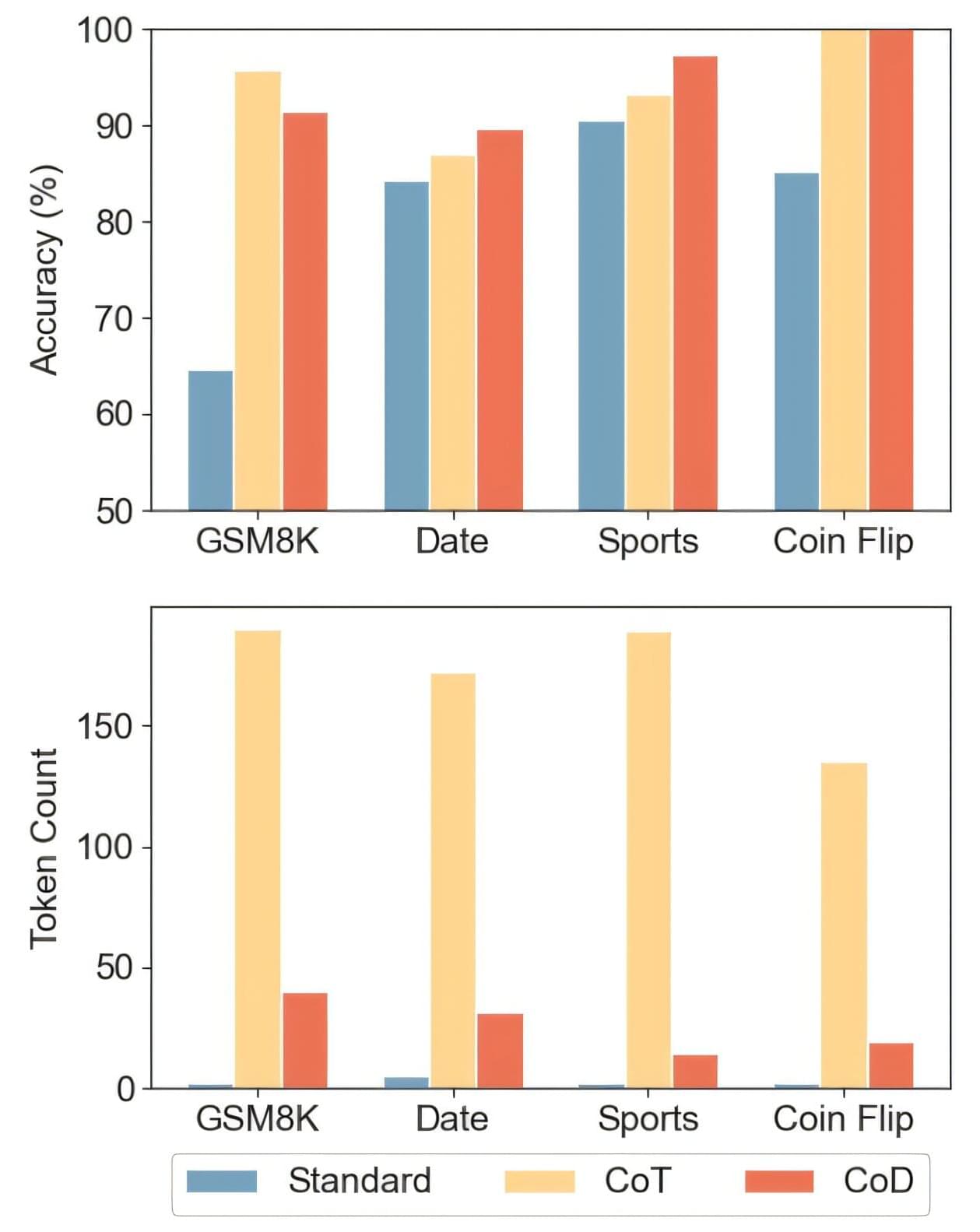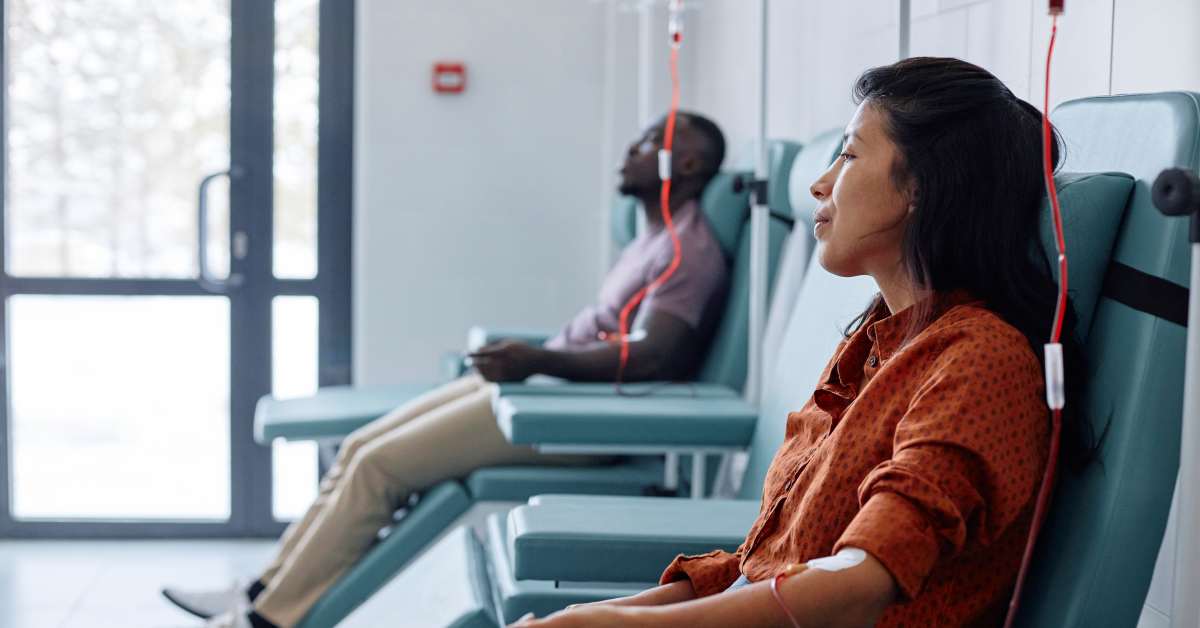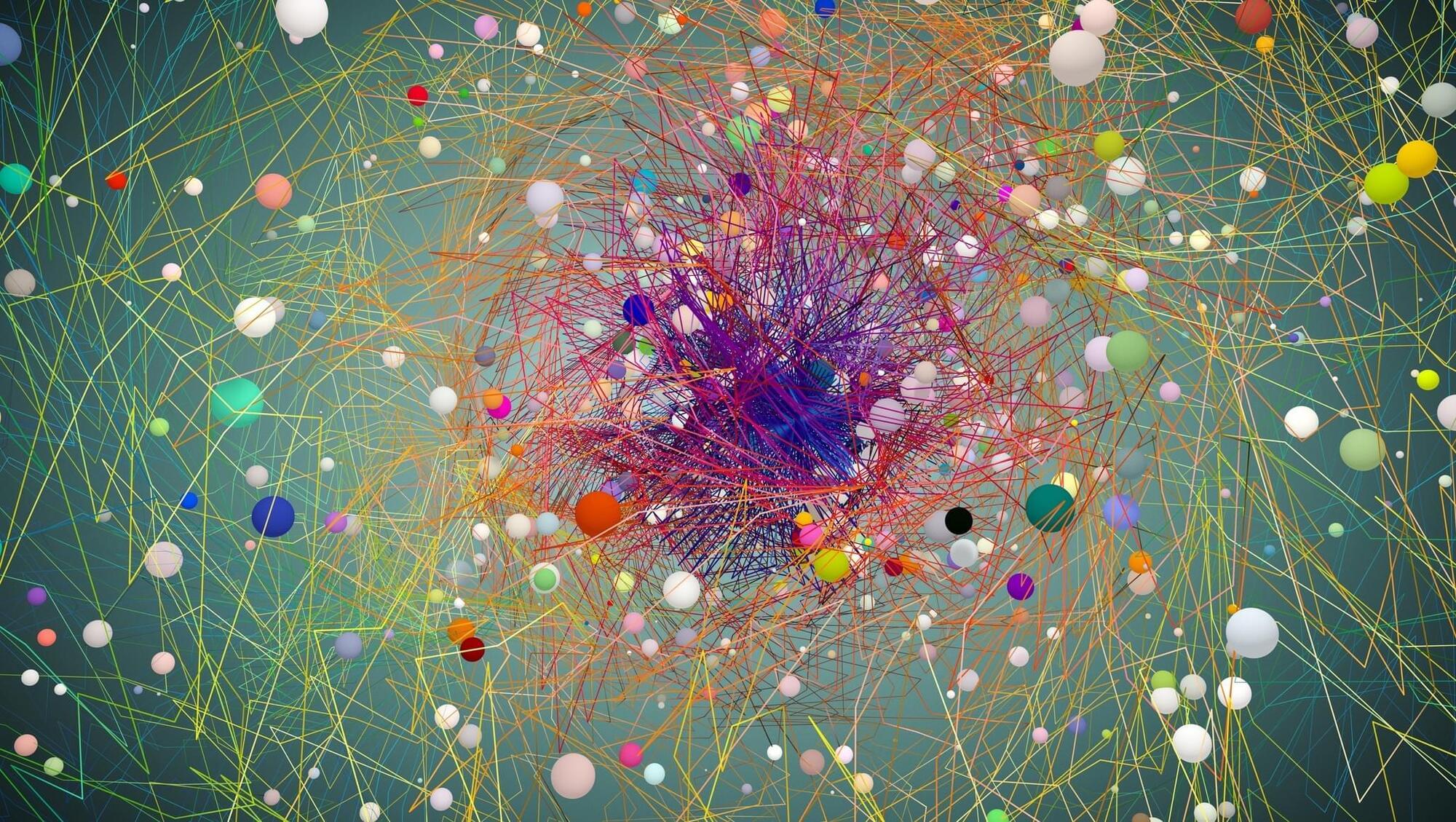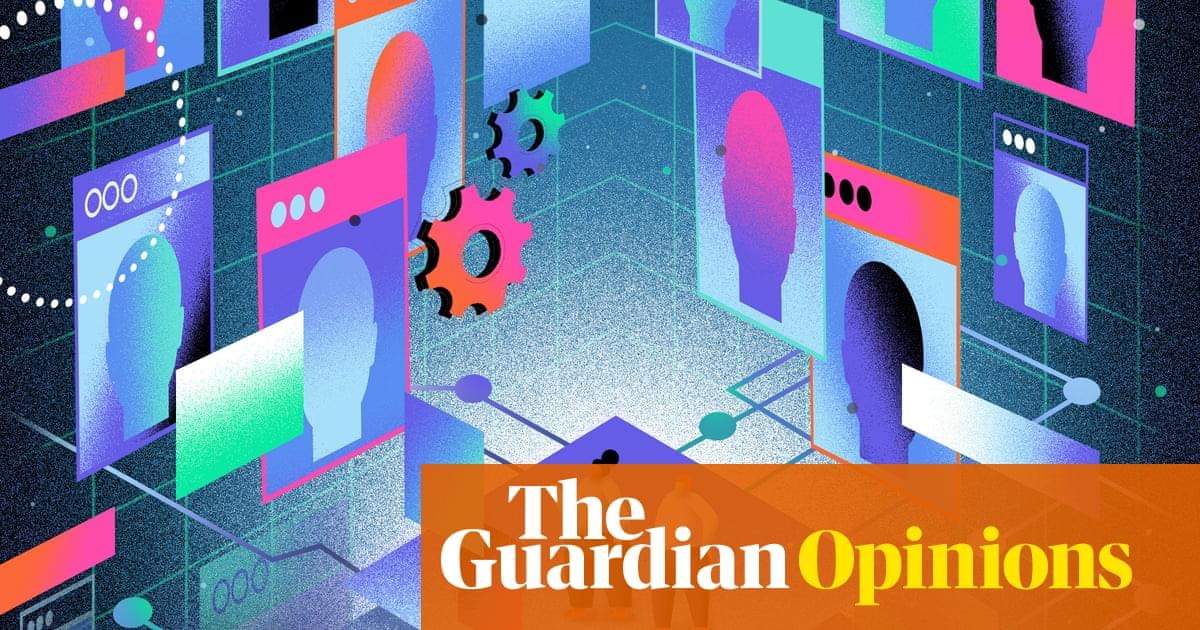A new type of time crystal could represent a breakthrough in quantum physics.
In a diamond zapped with lasers, physicists have created what they believe to be the first true example of a time quasicrystal – one in which patterns in time are structured, but do not repeat. It’s a fine distinction, but one that could help evolve quantum research and technology.
“They could store quantum memory over long periods of time, essentially like a quantum analog of RAM,” says physicist Chong Zu of Washington University in the US. “We’re a long way from that sort of technology. But creating a time quasicrystal is a crucial first step.”
